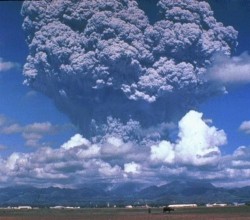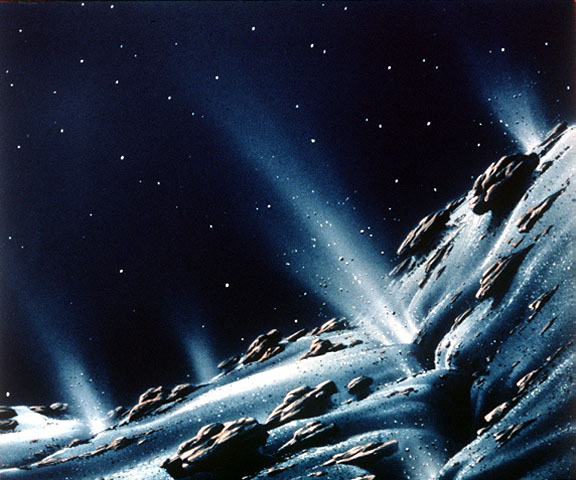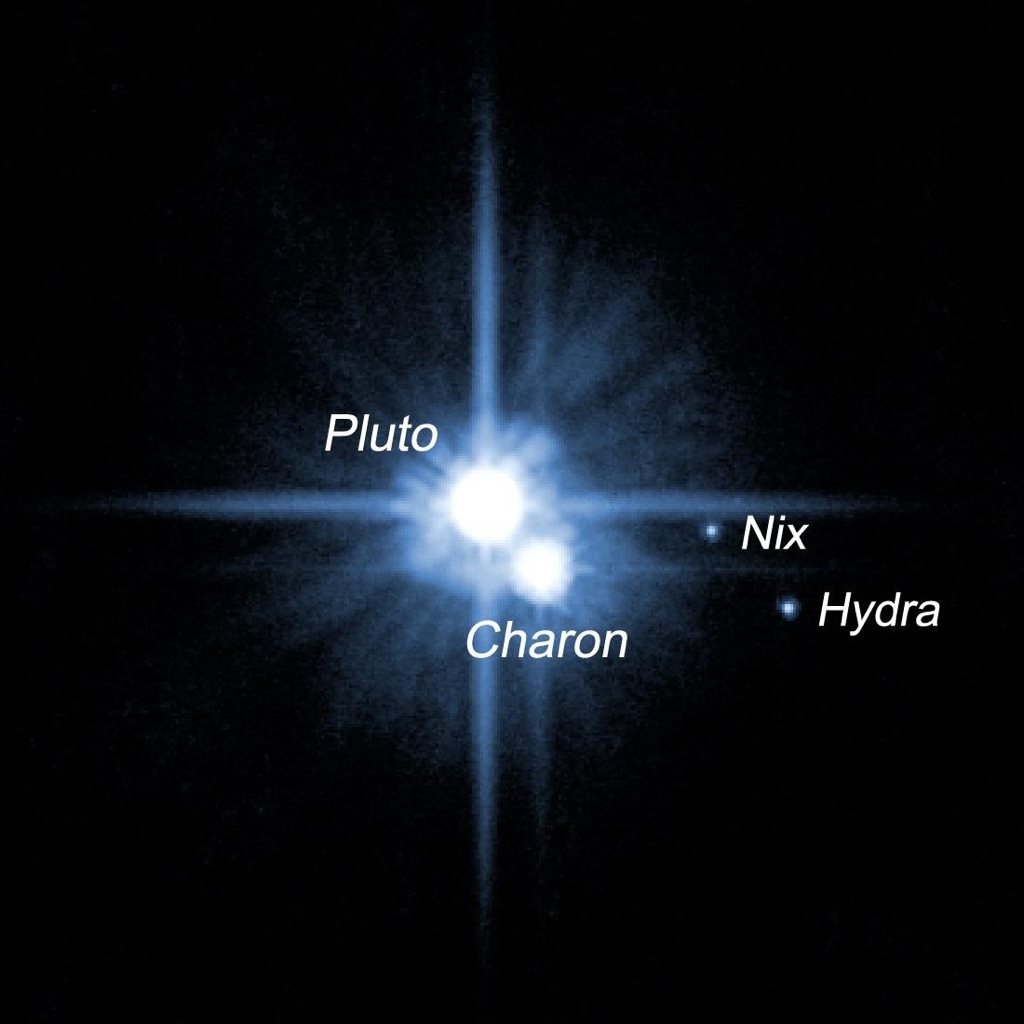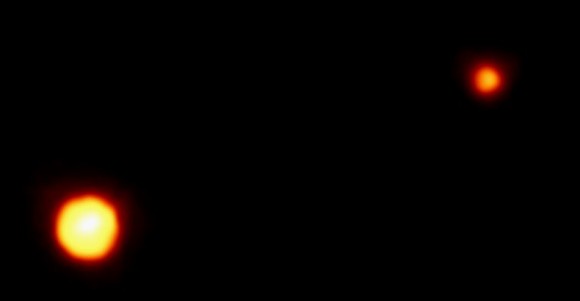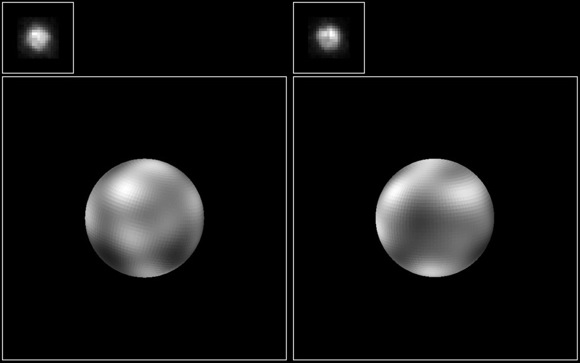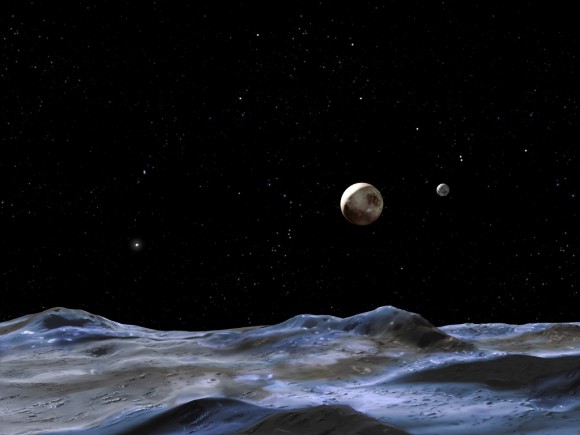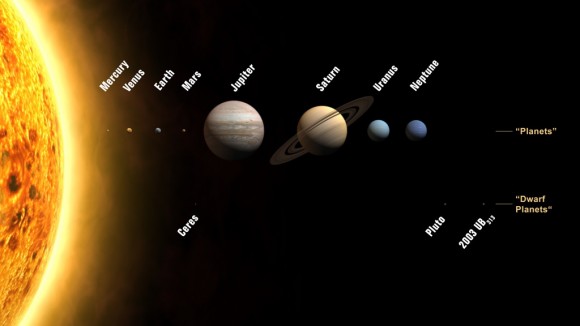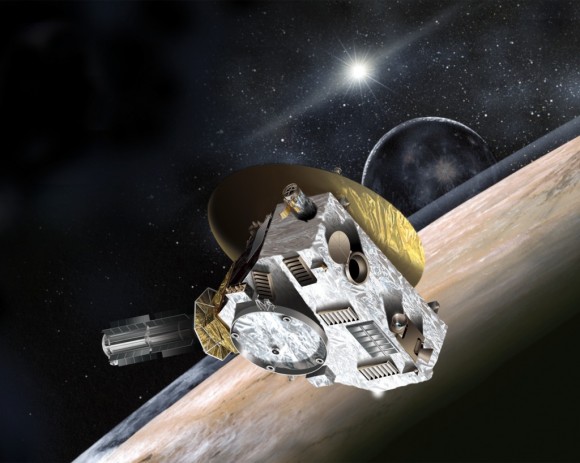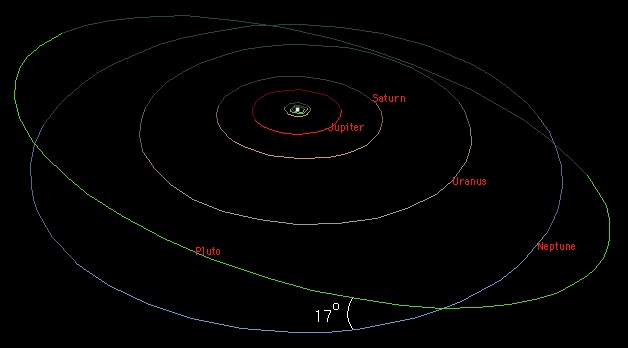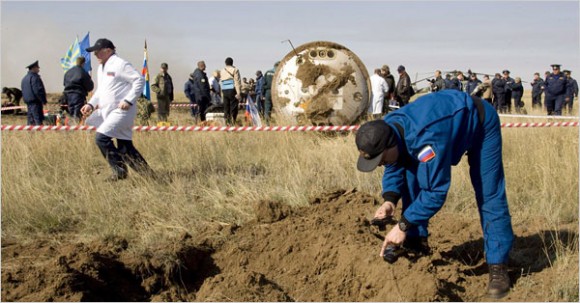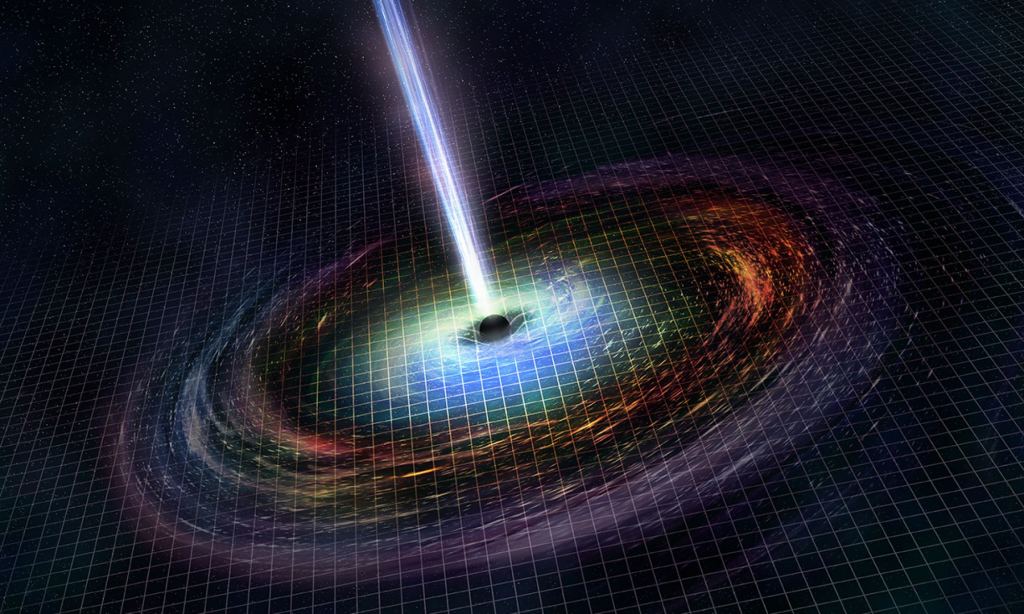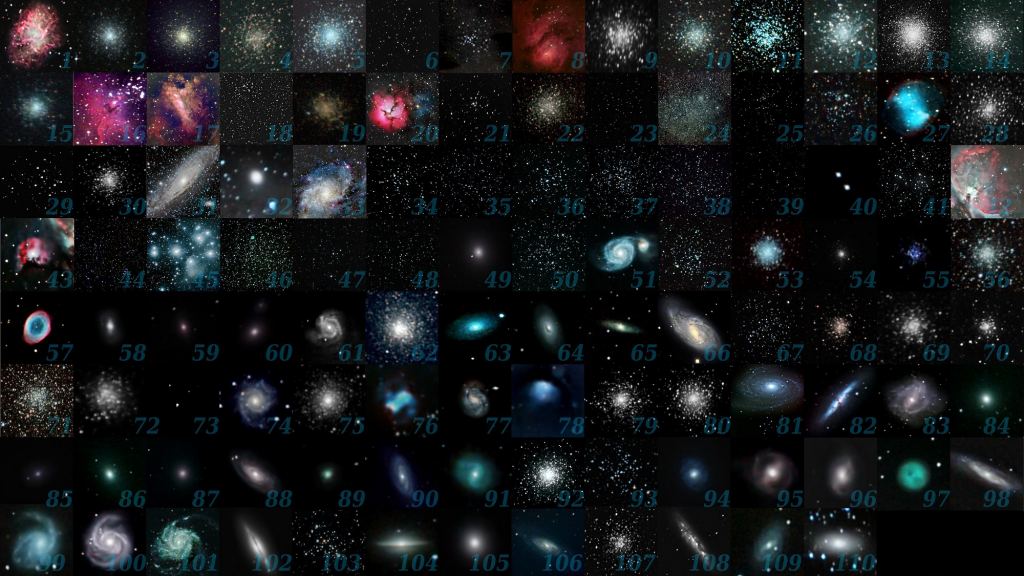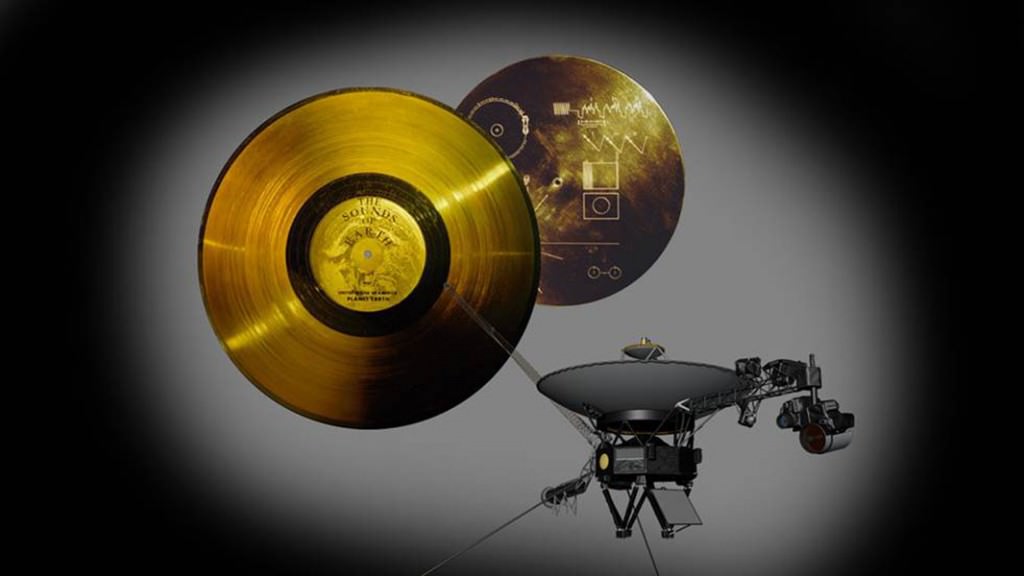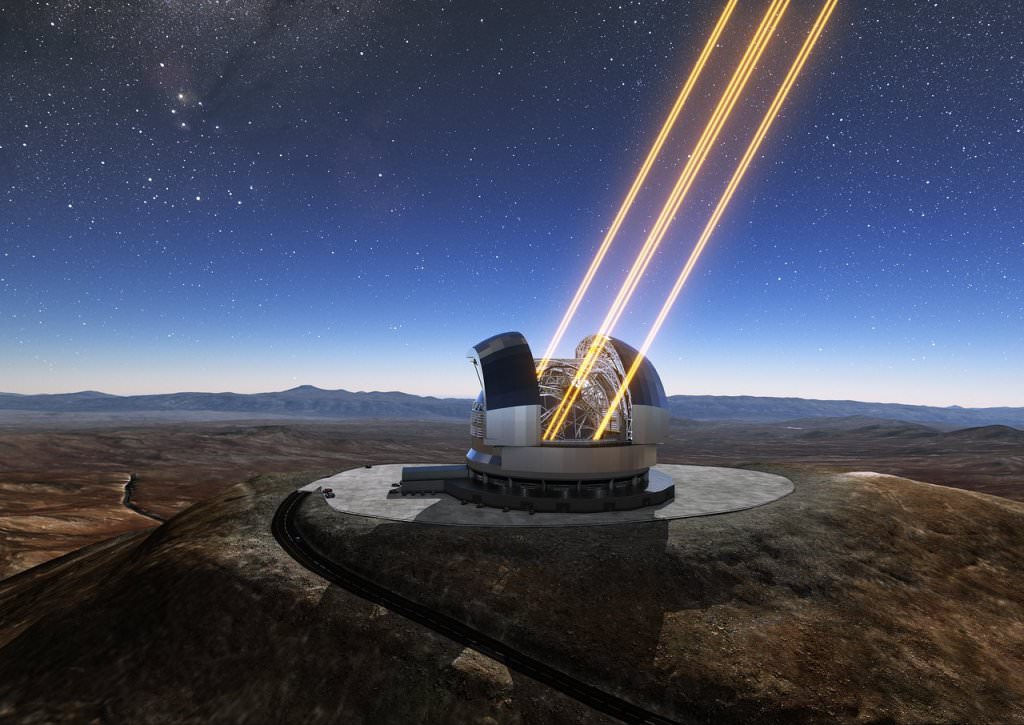There are many possible “geo-engineering” solutions open to scientists in the aim to stave off global warming. One of the main candidates to dim the solar energy input to the atmosphere is to inject huge quantities of sulphate particles high in the atmosphere. This mimics the emissions from a large volcanic explosion proven to cool the Earth’s atmosphere in the past. But, you guessed it, there’s a problem. New research suggests that tampering with the atmosphere in this way will have serious repercussions for the ozone layer… Now there’s a surprise!
On writing this week’s Carnival of Space, I came across an interesting discussion about the damage that can be caused by scientists tampering with weather. Nancy L. Young-Houser takes the strong view that under no circumstance is it OK to alter natural weather processes, even if the purpose is to advert a catastrophic hurricane or bring rain to drought-ridden regions. Looking at historic examples of cloud seeding for example, Nancy concludes that weather manipulation is not only morally but ethically wrong. There will always be a loser.
Then today, the BBC ran an article on the perils of using high altitude particles to block sunlight from entering our atmosphere. The effect of such a large-scale measure could emulate the ejected particles from a huge volcanic explosion. Sulphide particles are known to be a highly efficient means to deflect sunlight, thus cooling our atmosphere, possibly saving us from the ravages of our self-inflicted global warming. (This effect was observed in the 1991 eruption of Mount Pinatubo, pictured.) But there is a big flaw in this plan according to new research published in Science. Sulphide particles can damage the ozone layer, possibly creating another hole in the ozone over the Arctic and undo the recovery of the Antarctic ozone hole, setting it back decades.
Dr Simone Tilmes of the National Center for Atmospheric Research (NCar) in Boulder, Colorado, and her team analysed data and ran simulations of the sulphide effect on the atmosphere. Their conclusion? Injecting sulphide particles into the high atmosphere may lessen the effects of global warming, but it will also set back Antarctic ozone layer recovery 30 to 70 years. Sulphates are ideal particles on which atmospheric chlorine gases held in polar clouds will attach themselves to (pictured top). A chemical reaction between sulphate particle and chlorine destroys ozone molecules (O3). The effects of this chemical reaction may cause accelerated damage in troubled polar regions. This ozone depletion was also recorded after the Mount Pinatubo eruption.
Attempting to “repair” the global damage we are causing to the atmosphere by injecting even more particles at high altitudes may not be the best way forward. After all, as outlined in Nancy’s article, there are many hidden risks when geo-engineering our atmospheric dynamics. Perhaps working on the reduction in greenhouse gas emissions may be a better idea, sooner rather than later.
Source: BBC


